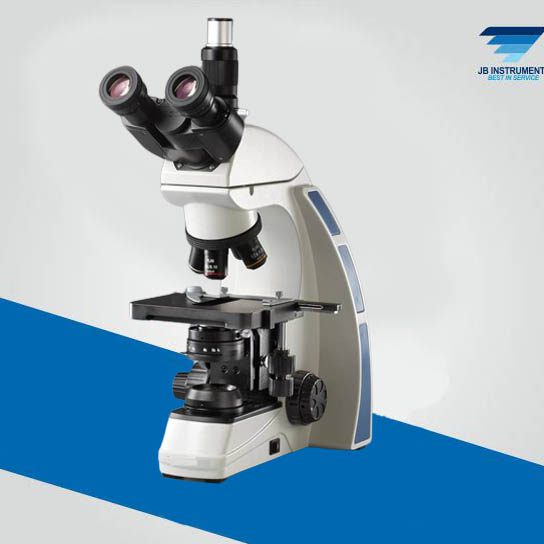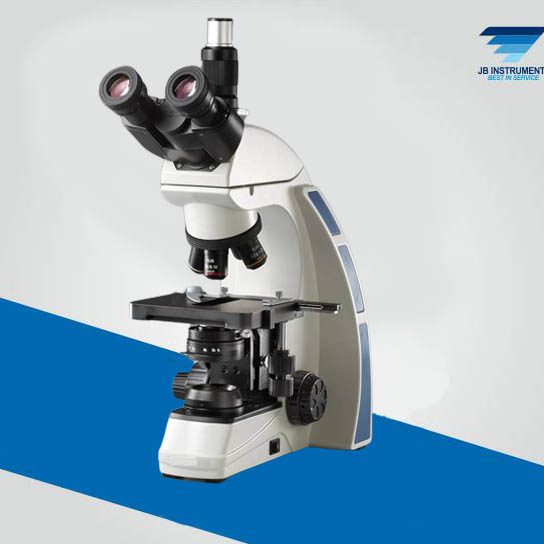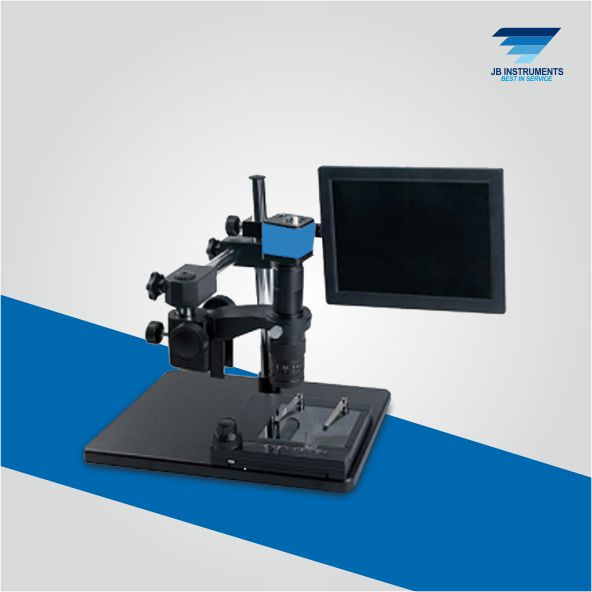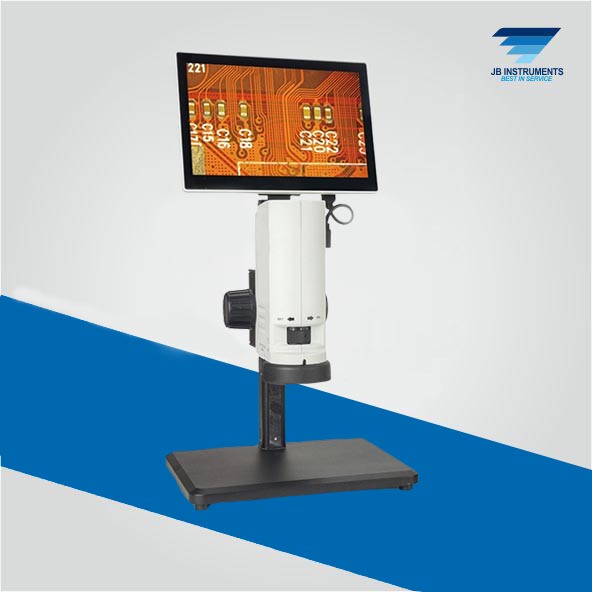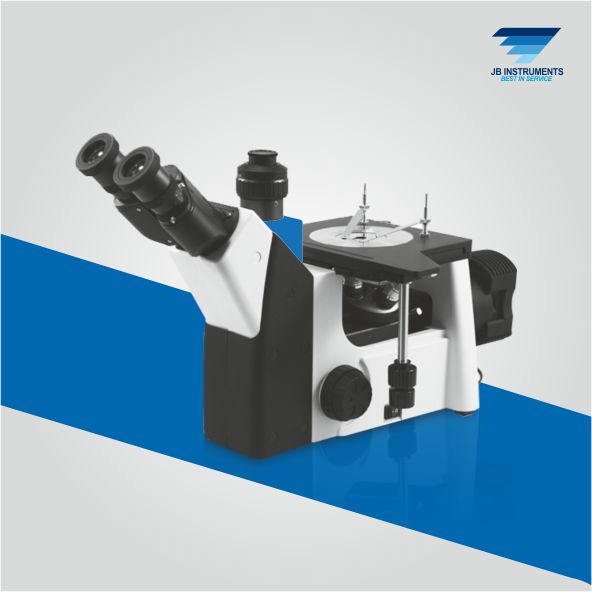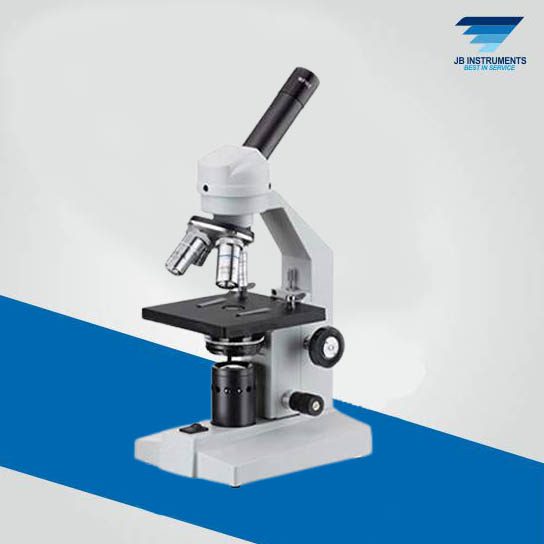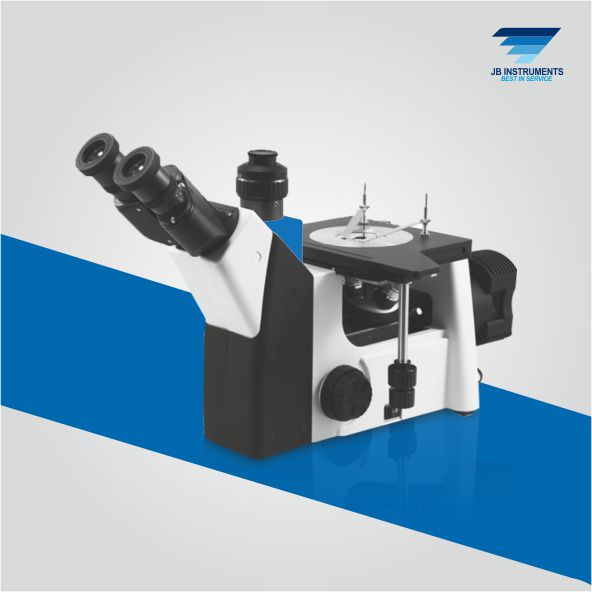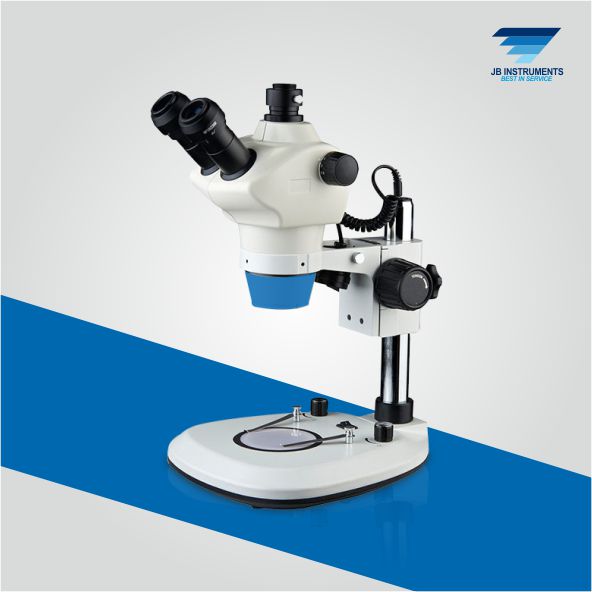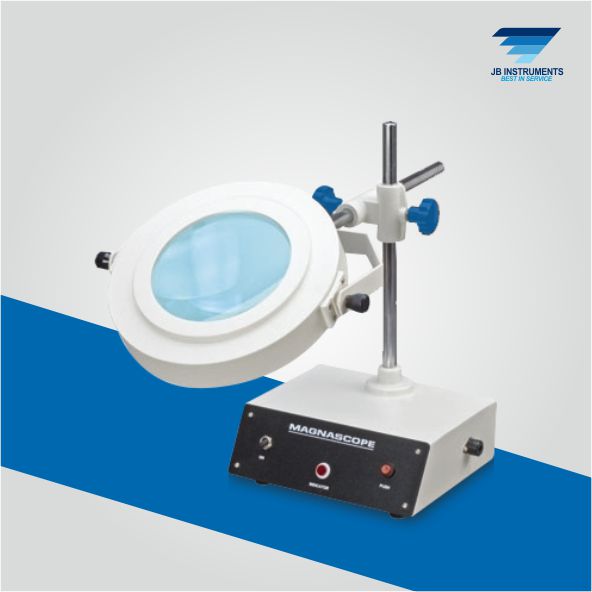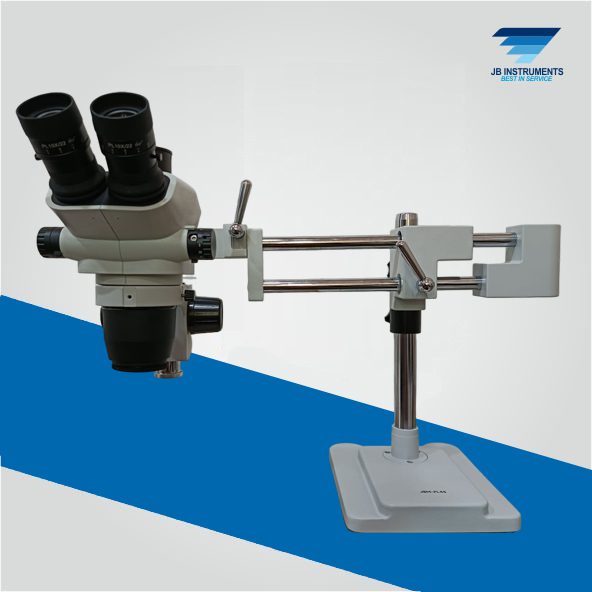Microscopes used in the medical industry play a crucial role in various applications, including clinical diagnosis, medical research, pathology, and microbiology. These microscopes are designed to provide high magnification and clarity for observing biological samples. Here are some key features and aspects related to microscopes used in the medical industry:
- Types of Microscopes:
- Optical Microscopes: These are the most common type of microscopes and are used for routine medical examinations. They use visible light to illuminate specimens and are suitable for observing cells, tissues, and microorganisms.
- Fluorescence Microscopes: These microscopes use fluorescence to visualize structures within cells. They are essential for studying biological molecules and can help in diagnosing diseases.
- Electron Microscopes: While not as common in routine medical examinations, electron microscopes provide extremely high magnification and resolution. Transmission electron microscopes (TEM) and scanning electron microscopes (SEM) are used for detailed studies of subcellular structures.
- Magnification and Objectives:
- Medical microscopes offer a range of magnifications, often including objective lenses with varying powers. High-powered objectives allow for detailed examination of specimens, such as blood cells or tissue sections.
- Illumination:
- Brightfield illumination is commonly used for routine medical microscopy. Darkfield and phase-contrast illumination techniques can enhance contrast, making certain structures more visible without the need for staining.
- Digital Imaging:
- Many medical microscopes are equipped with digital cameras for capturing high-resolution images and videos. This feature aids in documentation, analysis, and sharing of findings.
- Inverted Microscopes:
- Inverted microscopes are used in medical laboratories for examining cultures and live cells. Their design allows for the placement of larger containers, making them suitable for cell culture studies.
- DIC (Differential Interference Contrast):
- Similar to metal industry microscopes, DIC is used in medical microscopes to enhance contrast and provide detailed visualization of transparent specimens, such as unstained living cells.
- Confocal Microscopes:
- Confocal microscopy is used for three-dimensional imaging of biological specimens. It is widely used in research and clinical applications to study cellular structures and tissues.
- Pathology Microscopes:
- Microscopes used in pathology labs are specifically designed for examining tissue samples. They may include features like motorized stages for scanning large areas of slides.
- Hematology Microscopes:
- Microscopes used in hematology laboratories are optimized for the examination of blood samples. They often have specific objectives for identifying and counting different blood cells.
- Microscope Slide Scanners:
- Some medical microscopes are integrated with slide scanning systems. These scanners can digitize entire slides for remote viewing, analysis, and storage.
- Immunofluorescence Microscopes:
- These microscopes are designed for visualizing the location of specific proteins in cells using fluorescently labeled antibodies. They are commonly used in immunohistochemistry studies.
Microscopes in the medical industry are versatile tools that contribute significantly to disease diagnosis, medical research, and the understanding of biological processes at the cellular and molecular levels. Advances in microscopy technology continue to drive improvements in medical diagnostics and research.
